Strawcraft Symbols
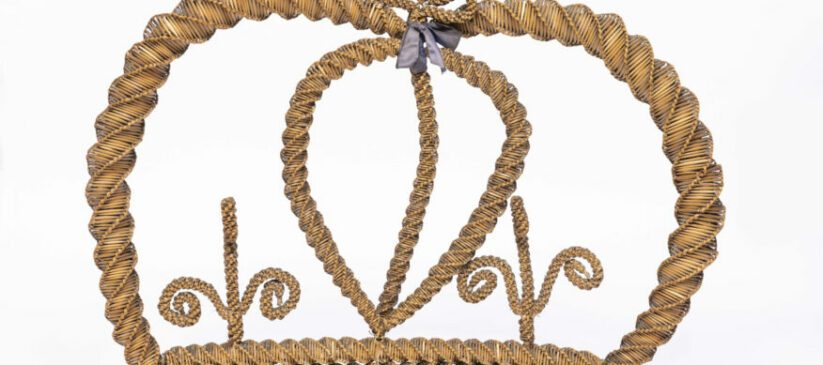
Fred Mizen, ‘Corn Dolly’ sculptures, 1951 Straw craftsman Fred Mizen made various sculptures for the Festival of Britain, including a large and much-celebrated Lion and Unicorn for the pavilion of the same name. As well as his sizeable designs, he also contributed a smaller series for the ‘Country’ pavilion. These were were displayed upstairs, tucked […]
Festival of Punch
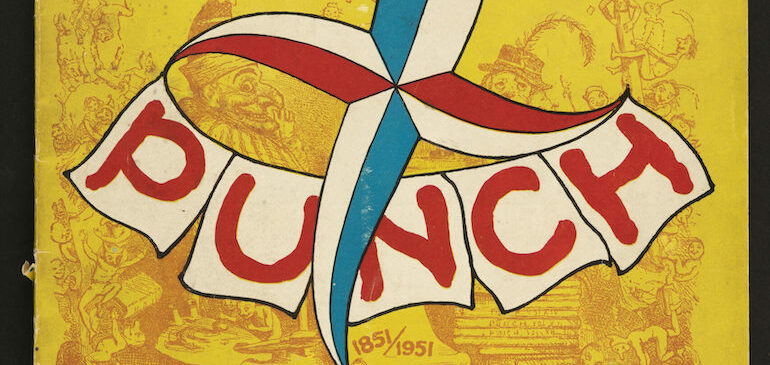
Punch, ‘The Festival of Punch: 1851-1951’, 30 April 1951 Punch, or the London Charivari was a long-running satirical magazine, which poked fun at contemporary society and culture. The cover of this issue offered an amusing take on the famous Festival of Britain logo, with Britannia’s head replaced by the features of Punch. With its roots […]
Town and Country
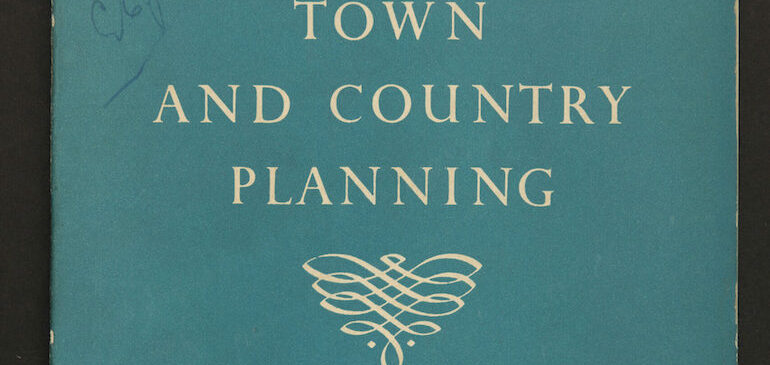
Clough Williams-Ellis, Town and Country Planning (British Council, 1951) This pamphlet was the eighteenth in a series of booklets published under the auspices of the British Council. Called The Arts in Britain, these provided accessible summaries concerning different aspects of British cultural life, including architecture, art, music, drama, poetry, dance, film, design, and other forms […]
Countryside Cartoons
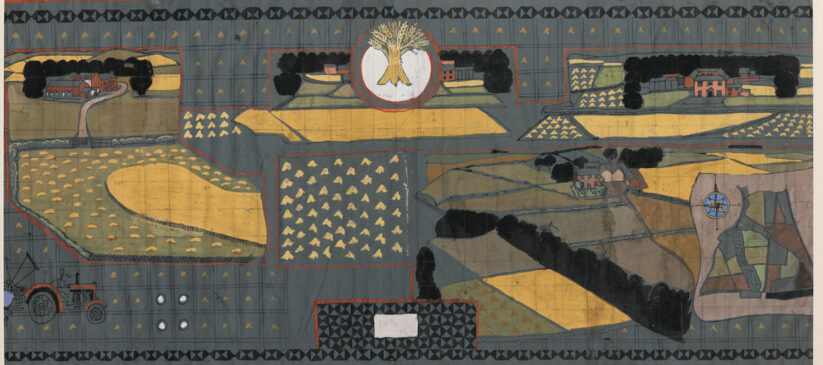
Michael O’Connell, Diversity of British Farming designs, circa 1950 These seven cartoons by artist Michael O’Connell were scaled-up to create a stunning artwork for the Country pavilion at the Festival of Britain. The finished textile panels from this can be seen here. In order to develop his designs, O’Connell travelled around observing and sketching to […]
Making Hurdles
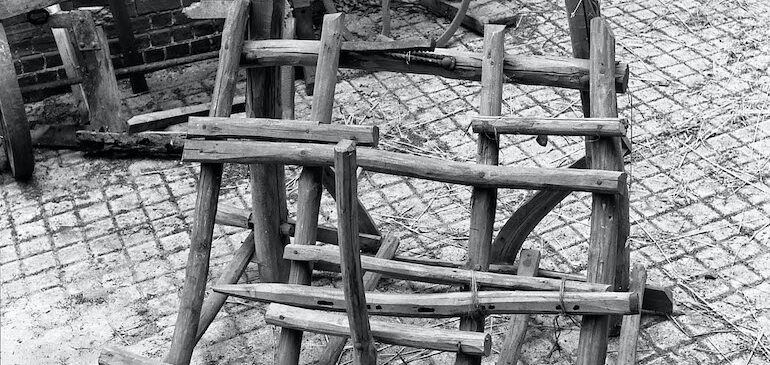
Hurdle maker’s brake, circa 1951 This brake provided a frame on which to construct wattle hurdles from hazel rods. It is thought to have been displayed at the Festival of Britain. In the early 1950s, handmade hurdles were still in use for penning livestock but were becoming less common. Lightweight metal gates were growing in […]
Making a Museum

John Higgs, Making a Museum (edited proof, 1951) This draft, typewritten article details reflections on the formation of The MERL from one of its founders, the first Keeper, John Higgs. By his own admission, the Museum was destined to be ‘strange by normal concepts’ and geared towards gathering material to research the ‘far-reaching changes’ seen […]
Mrs Beeton’s vegetarian feasts: vegetarian recipes from 19th century England
Mrs Beeton’s Book of Household Management was a staple of the Victorian kitchen. We tried our hand at recreating several of her recipes.
Domestic Flowerpot
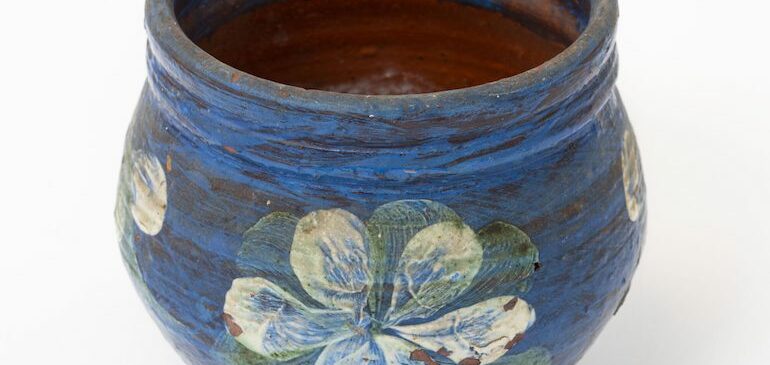
Quentin Bell, Decorated plant pot, 1951 This pot was made by Quentin Bell, the acclaimed art historian, academic, writer, and potter. It was produced in 1951 and dedicated to a member of household staff at a sprawling Sussex farmhouse called Charleston. It was in this rural locale that the maker’s parents—the painter Vanessa Bell and […]
Time to take CARE
Learn about our focus for 2022: highlighting how we take care of rural heritage, the countryside’s future, and each other.
Birds and Men
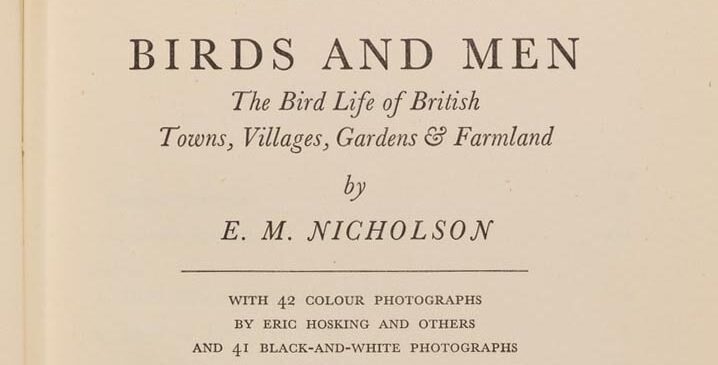
Edward Max Nicholson, Birds and Men (London: Collins, 1951) Published in 1951 and penned by conservationist Max Nicholson, Birds and Men was the seventeenth volume in the Collins New Naturalist series and the first of these influential texts to focus on birdlife. This iconic series is said to be the longest running of its kind, […]


